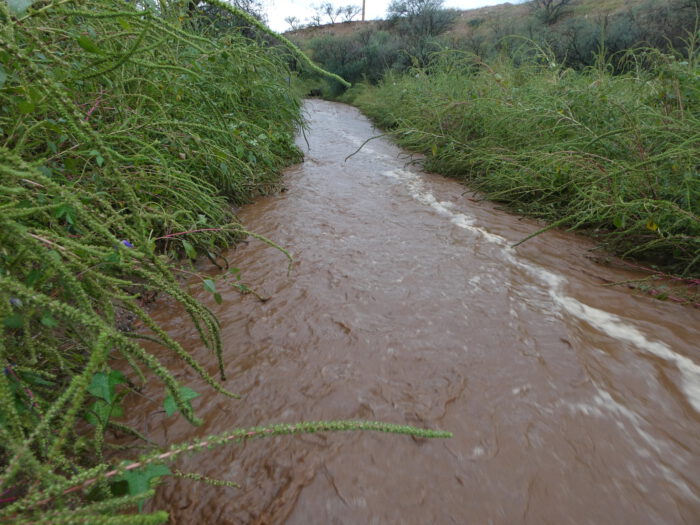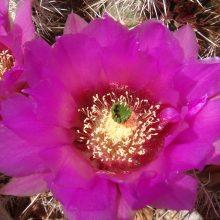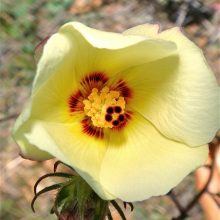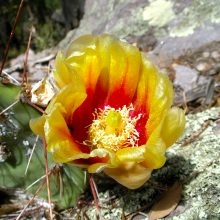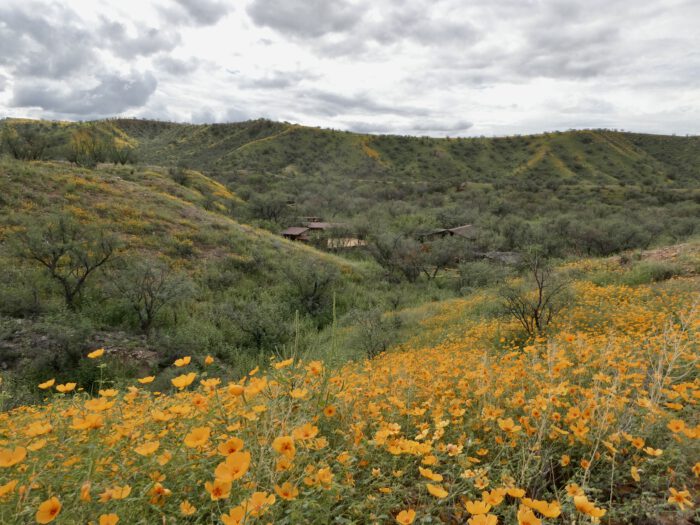At Raven’s Nest Nature Sanctuary!
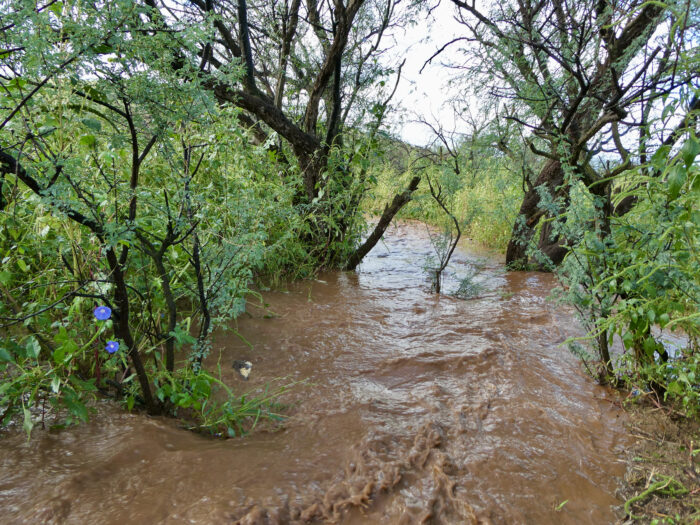
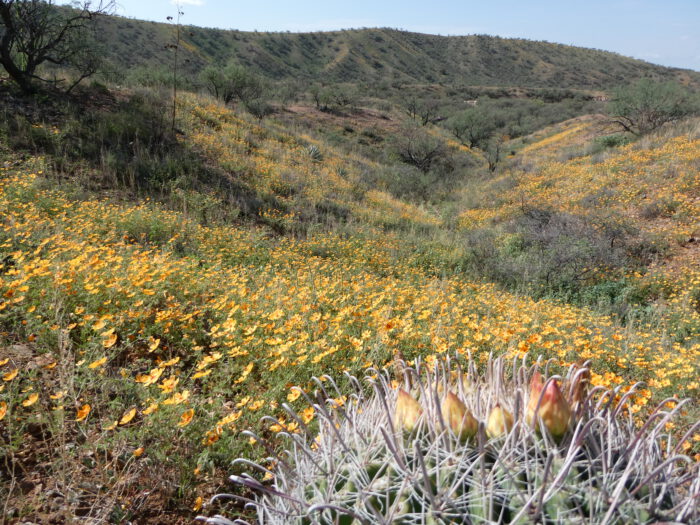
Though technically outside of the official June 15 start of the Monsoon in the Sky Islands region, a soaking rain of 1.45” on June 1 set the table for a summer’s profusion of life! Thanks to the early deluge, – the first time the southern part of Arizona had rain on June 1 since 1914 – an incredible dry span of 111 years, the gorgeous land flourished with amazing grouwth and beauty!
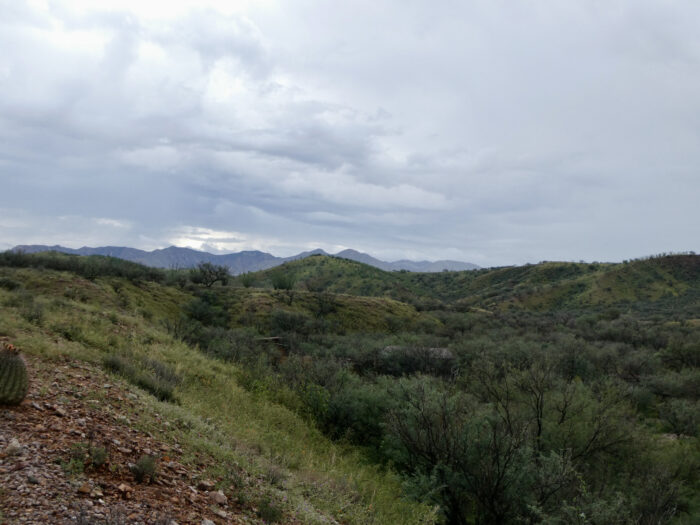
The normally sullen landscape of June – our driest month on average – sprang to into action. In particular plants with tubers came to the fore.
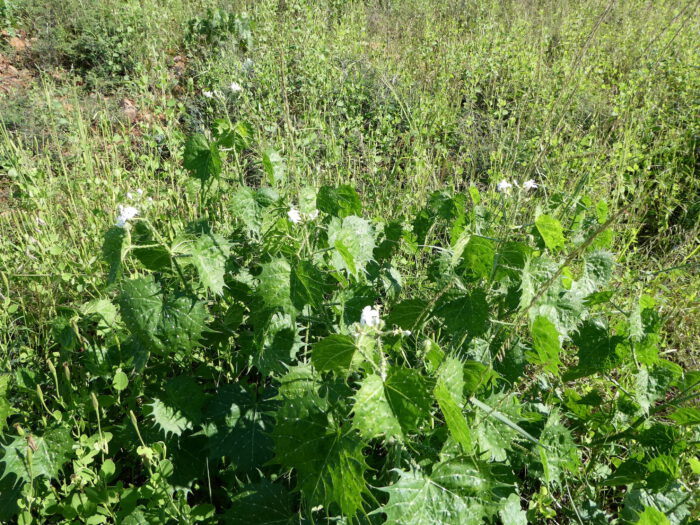
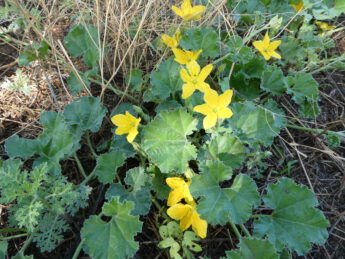
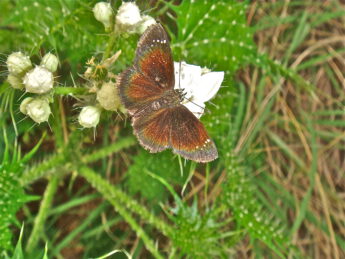
Loco Melon sprawled across the ground with its distinctive broad leaves, accentuated by sweetly fragrant yellow flowers. Mala Mujer formed robust, bushy clumps topped by white flowers amidst its armada of stinging hairs. They had clearly recovered nicely from the winter diggings of their tubers by ravenous Collared Peccaries.
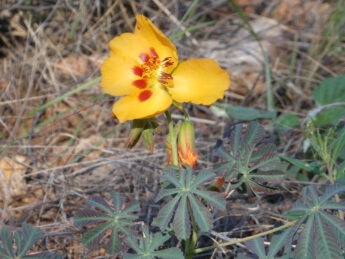
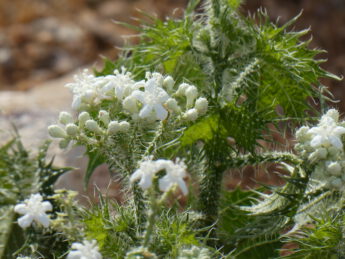 Even rather reticent Saya flowers had a June breakout. Accordingly, our Ocotillo forest suddenly turned verdant, leafing out in spectacular fashion. Even annual Summer Poppies or Summer Caltrops got off to an early start.
Even rather reticent Saya flowers had a June breakout. Accordingly, our Ocotillo forest suddenly turned verdant, leafing out in spectacular fashion. Even annual Summer Poppies or Summer Caltrops got off to an early start.
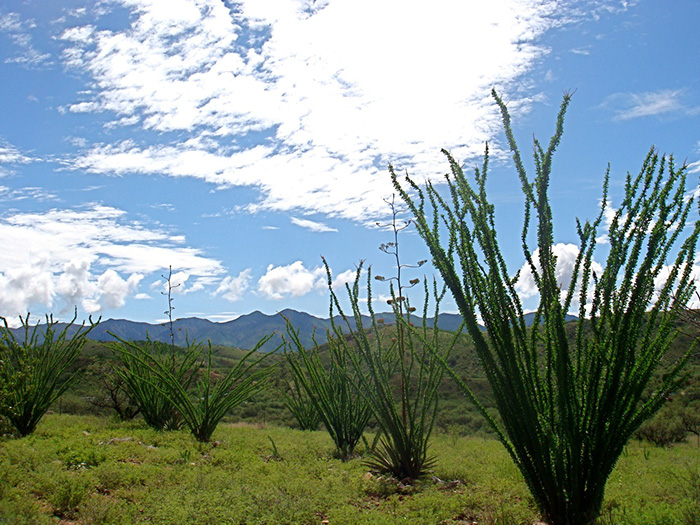
The cooling effect of the June 1 rain seemed to shut down the monsoon for a while until early July saw a few active days with light rain. Then, on July 14 we had another downpour of 1.14” The timing could not have been more auspicious, allowing seedlings germinated in June to not only survive but also put on significant grwoth. It was now clear that any sort of decent rainfall for the remainder of Monsoon season, which officially stops at the end of September, would spawn a dense and varied botanical verdancy at Raven’s Nest. Tall Palmer Amaranth plants and Sunflower Weed clearly were in for a banner year, as were a number of Morning Glory species.
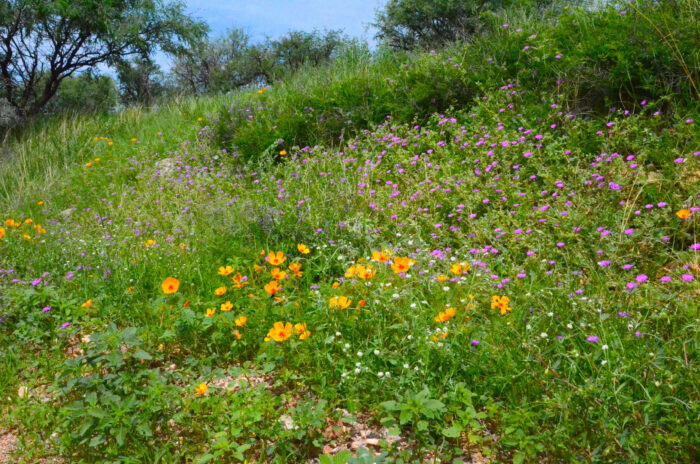
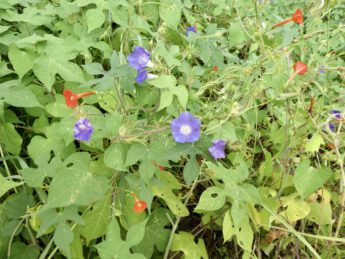
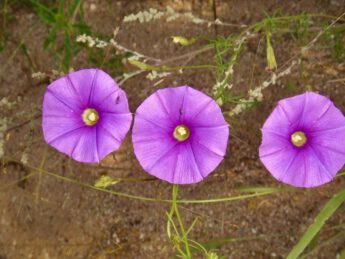
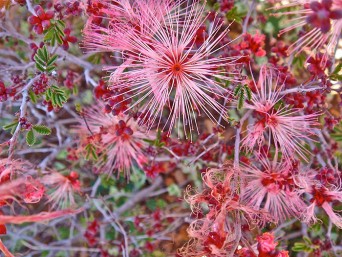
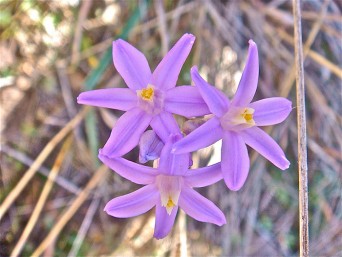
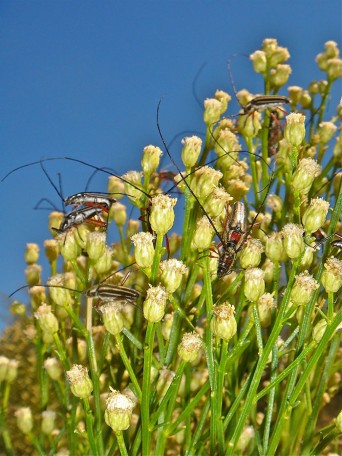
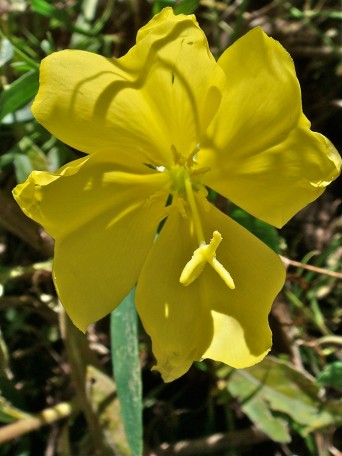
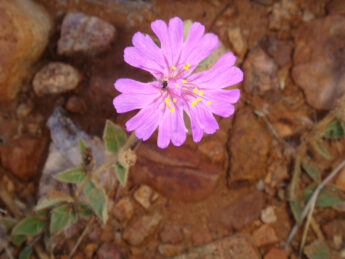
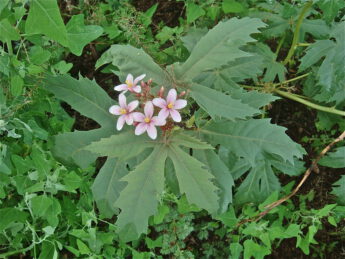
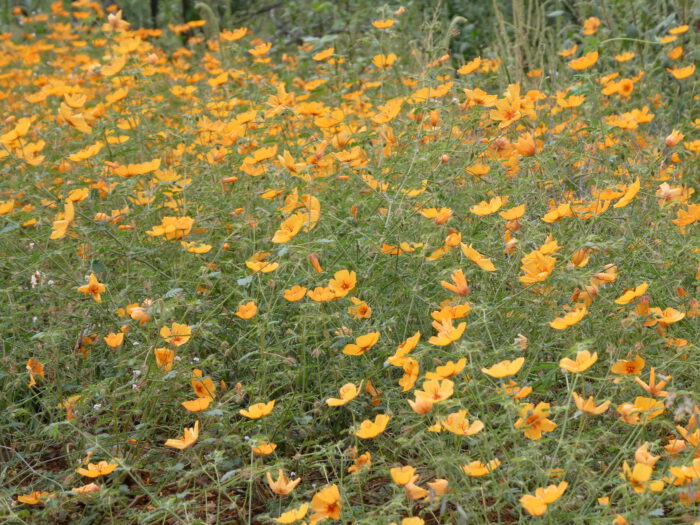
Meanwhile, on the reptilian front, lizards were thriving. Monsoon 2025 saw the most Sonoran Spotted Whiptails we had ever witnessed at the sanctuary. They were joined by good numbers of Ornate Tree Lizards, Clark’s Spiny Lizards, Elegant Earless Lizards and Zebra-tailed Lizards.
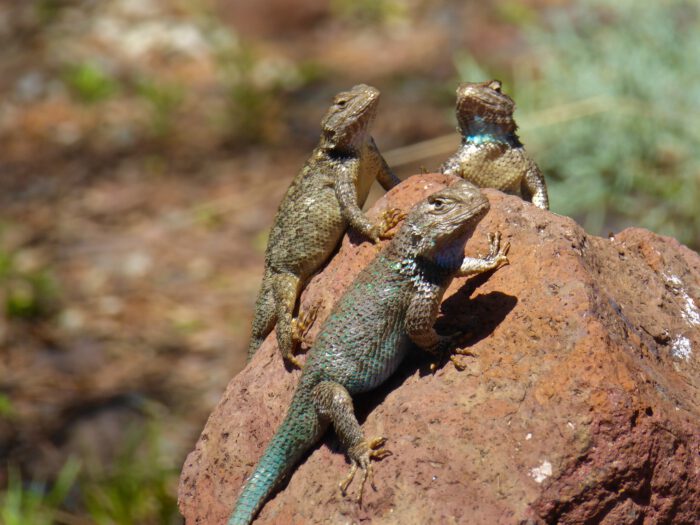
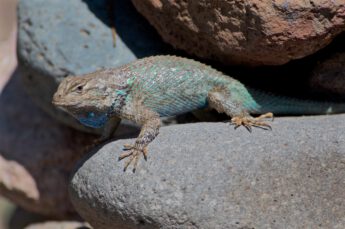
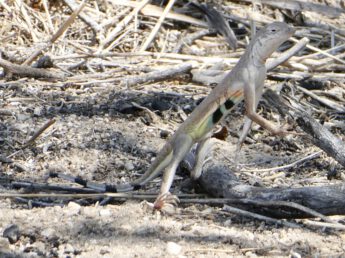

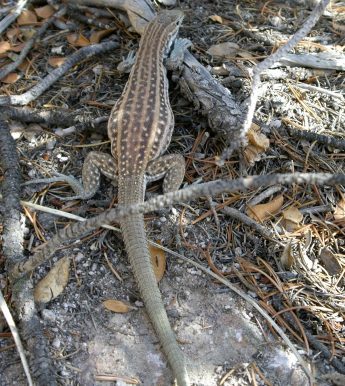
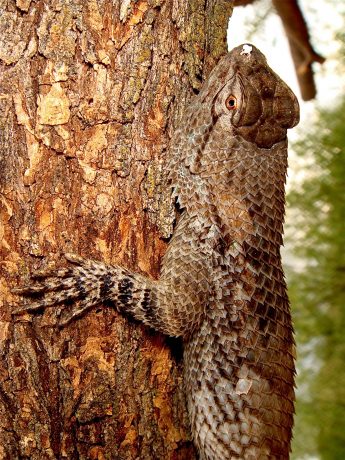
No doubt many of these saurians wound up in the talons and beaks of our resident Gray Hawk pair, as once again they raised a brood in a nearby arroyo. The rains also led to a good crop of Velvet Mesquite pods – a seminal food for a broad spectrum of wildlife – as well as Catclaw Mimosa. Collared Peccary, White-tailed Deer, Mule Deer, various rodents, Antelope Jackrabbits, Desert Cottontail, Coyotes, Gray Fox, and many invertebrates are among the Sky Islands wildlife that partake of of Mesquite pods.
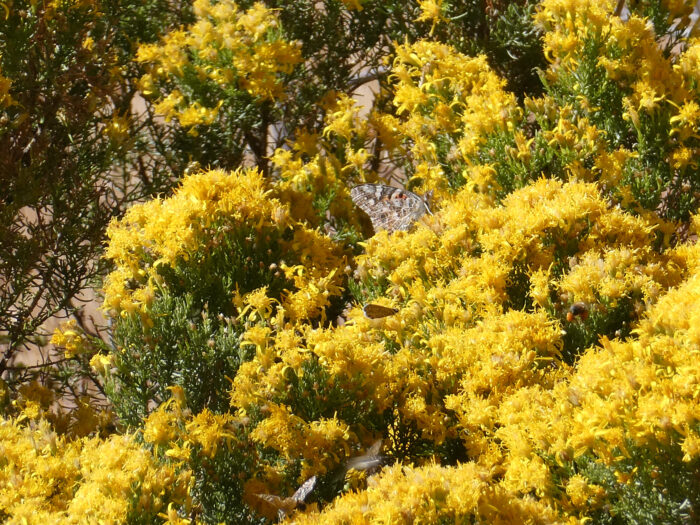
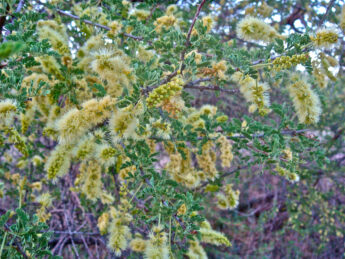
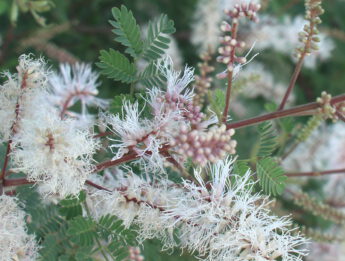
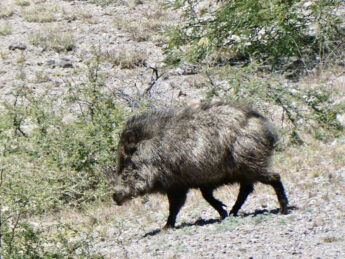
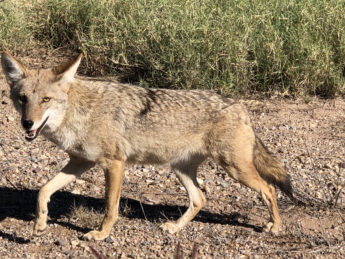
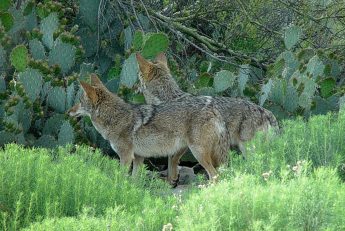
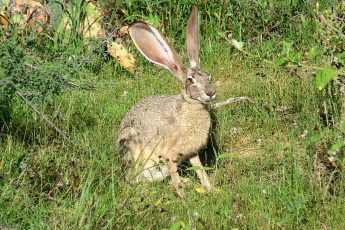
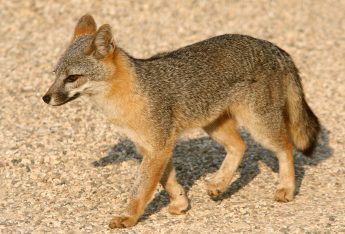
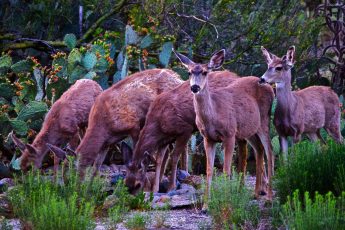
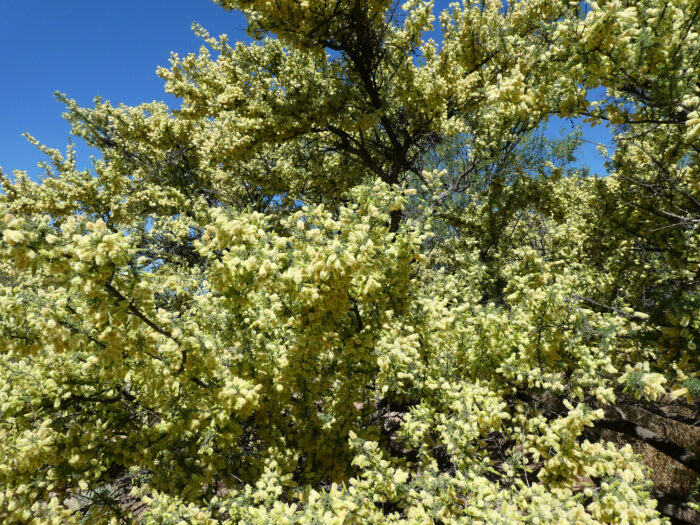
Early August hosted a few light monsoon rains, then another deep one of 1.54” on the 15th. From then on the rest of August through the end of September was a banner period for rain. Clearly, the 2025 monsoon season had come to spectacular fruition.
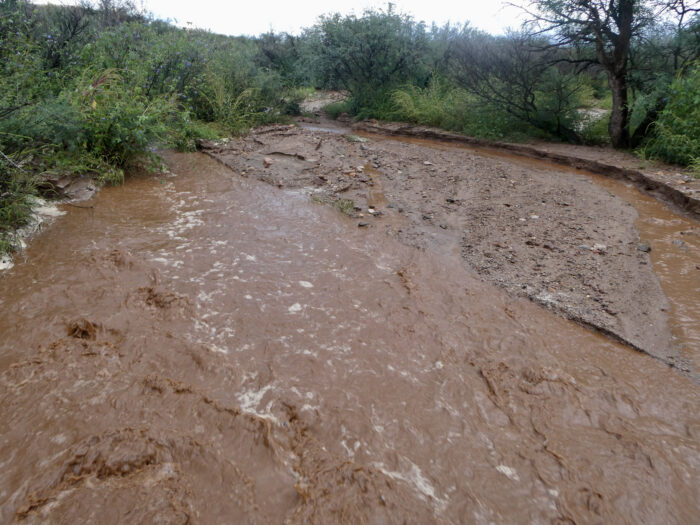
For much of the summer the land had an orange hue, largely thanks to dense carpets of Summer Poppies, but also Orange Flame Flowers and Saya blossoms. Trailing Windmills lent their magenta flowers to the mix, while shockingly white Rock Trumpets cast a pleasant aroma across the preserve. Robust annual Devil’s Claws commanded attention with their giant leaves, smelling like an old couch. At the height of monsoon flowering, we counted over 35 species in bloom – not including the native grasses!
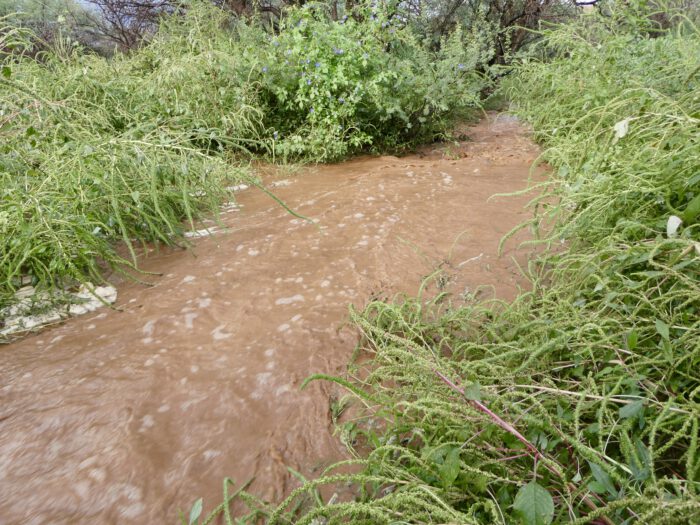
Not to be outdone, fungi came on the scene en masse starting in August, though they truly hit their stride in September. Puffballs, Stalked Puffballs, Earthstars, Inky Caps, tree-dwelling Polypores, and others sprang to life.
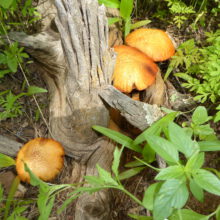
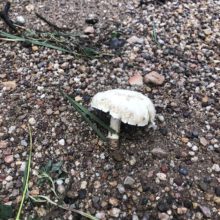
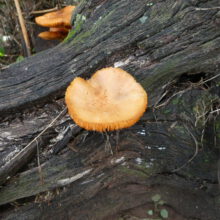
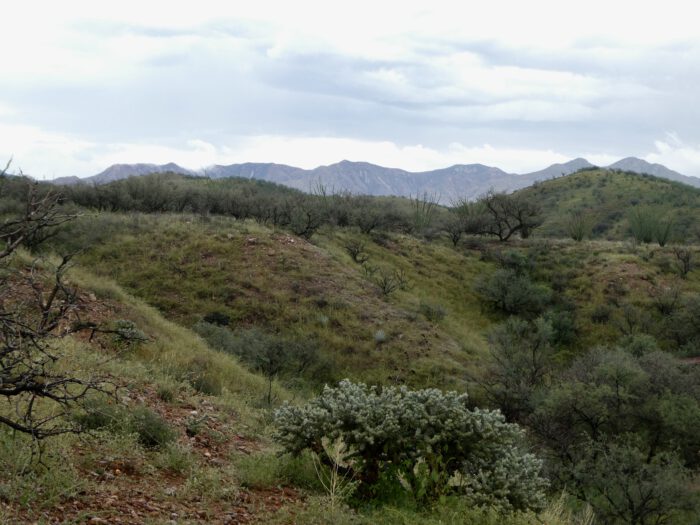
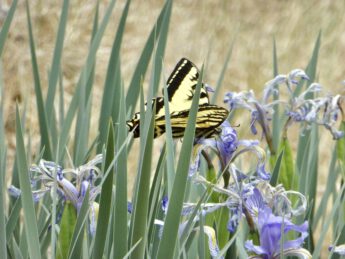
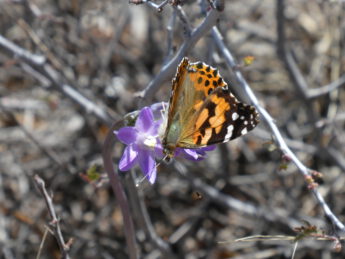
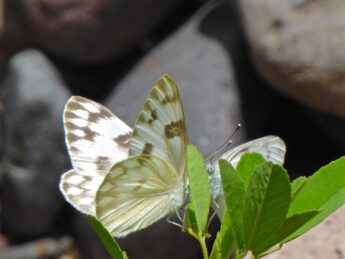
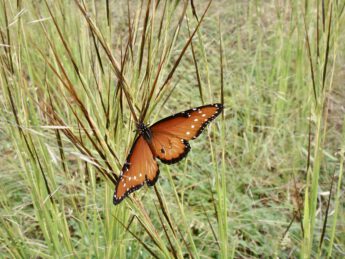
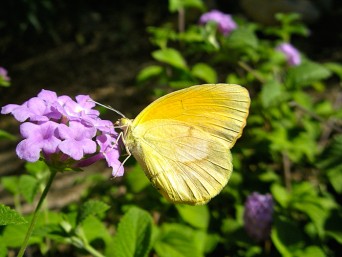
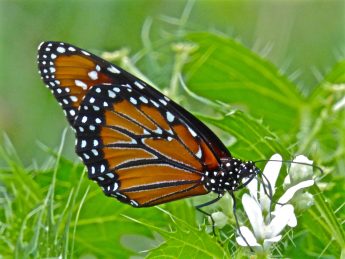
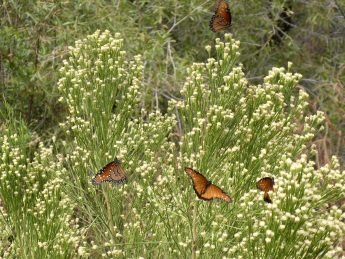
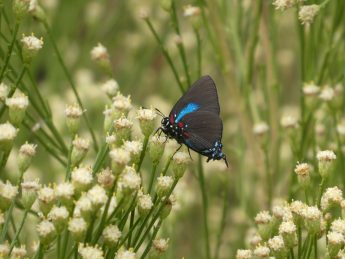

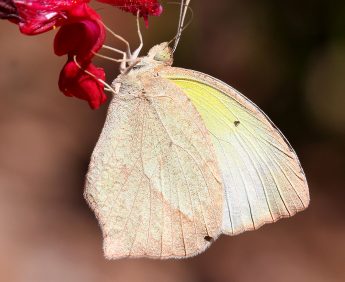
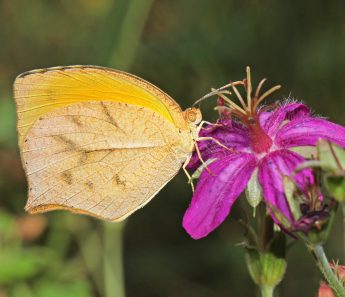
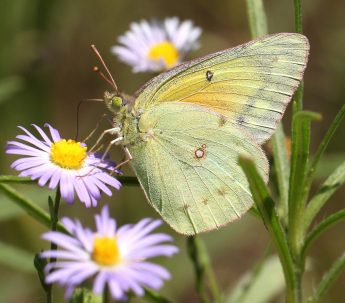
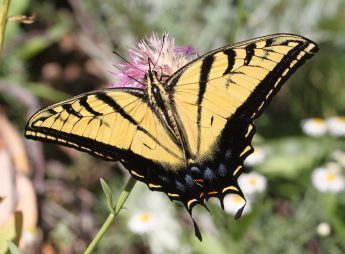

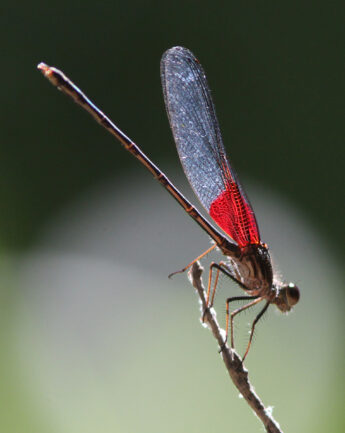
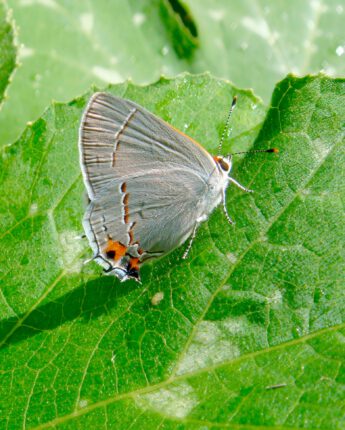
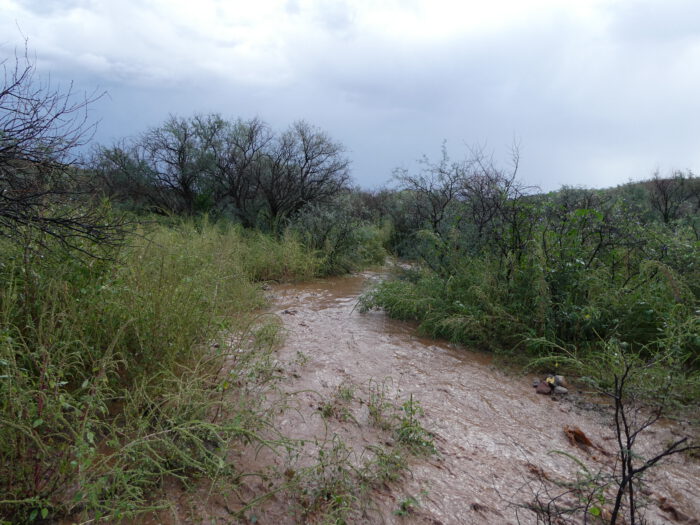
Many invertebrates – most visibly, butterflies – responded to the surfeit of rain at Raven’s Nest. Late monsoon season witnessed good numbers of Queens, Pipevine Swallowtails, Acacia Skippers, Bordered Patches, Tiny Checkerspots, Dainty Sulphurs, Cloudless Sulphurs, American Snouts and many others at the preserve. Given the profusion of wildflowers, they had ample nectar supplies, helping to pollinate them during their feeding visits. Carpenter Bees and other native hymenopterans added their own pollination services during the monsoon.
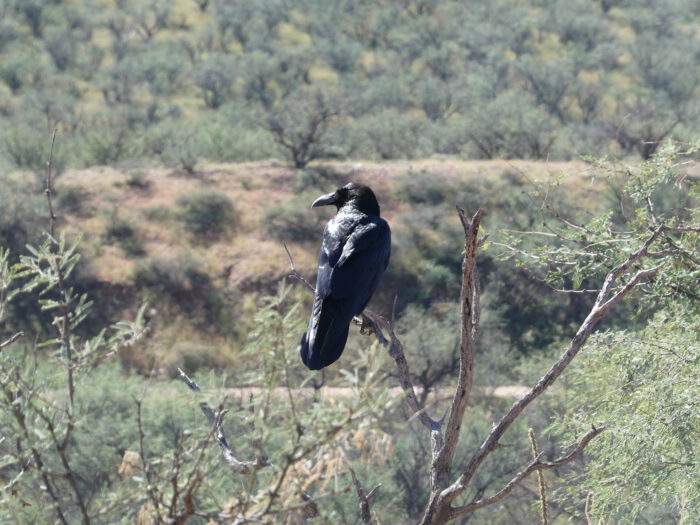
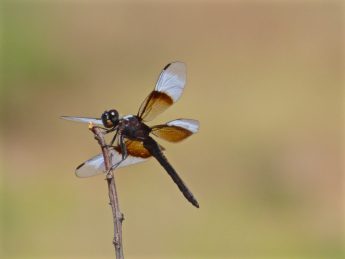
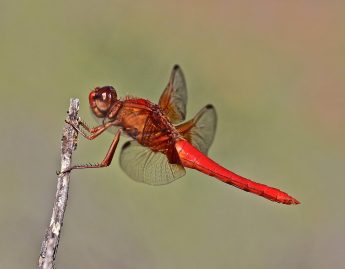
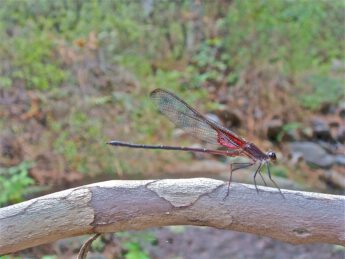
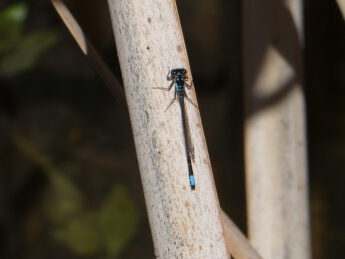 1
1
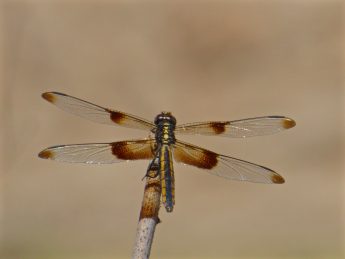
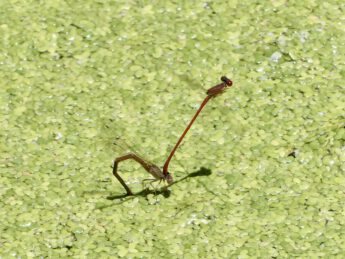
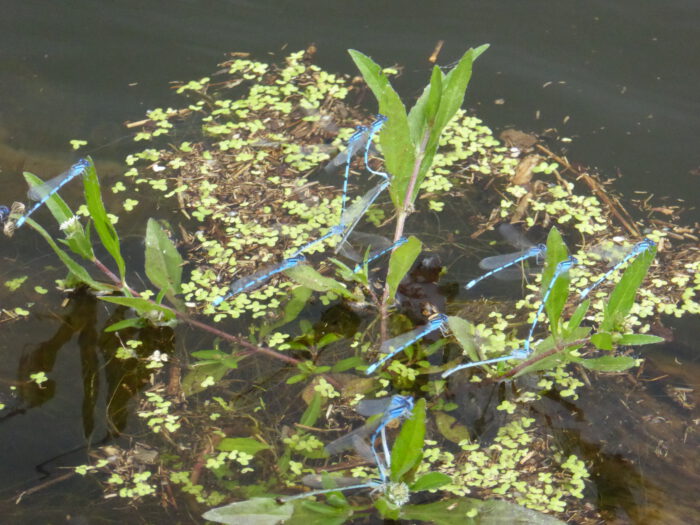
Meanwhile, several species of Dragonfly and Damselfly patrolled our various wildlife ponds, where Diving Beetles, Snails, and other aquatic invertebrates plied the water in search of sustenance. We also enjoyed numerous sightings of Army Ants, filing in swift attack columns while looking to pillage other ant species of their larvae and eggs.
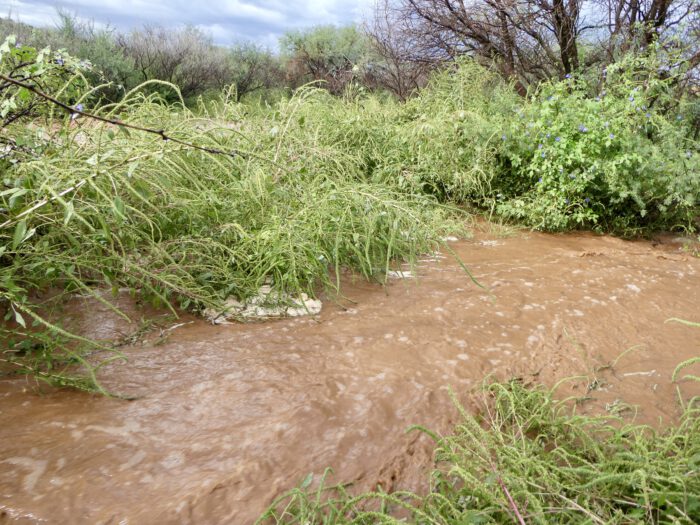
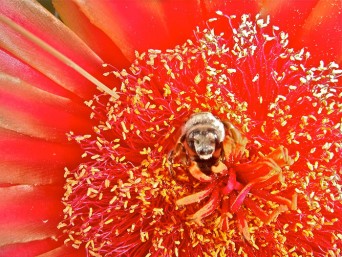
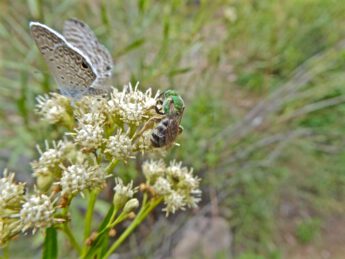
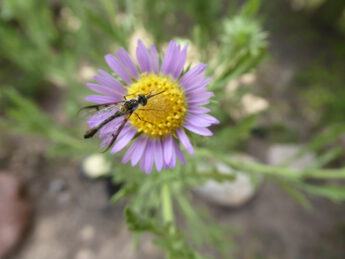

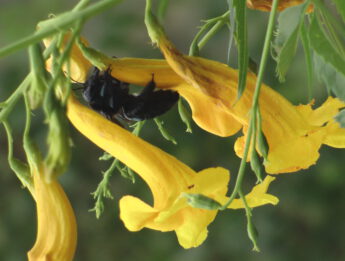
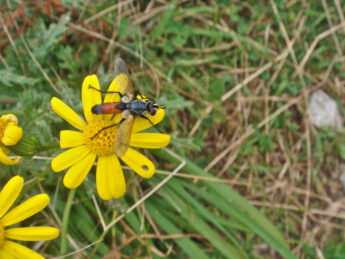
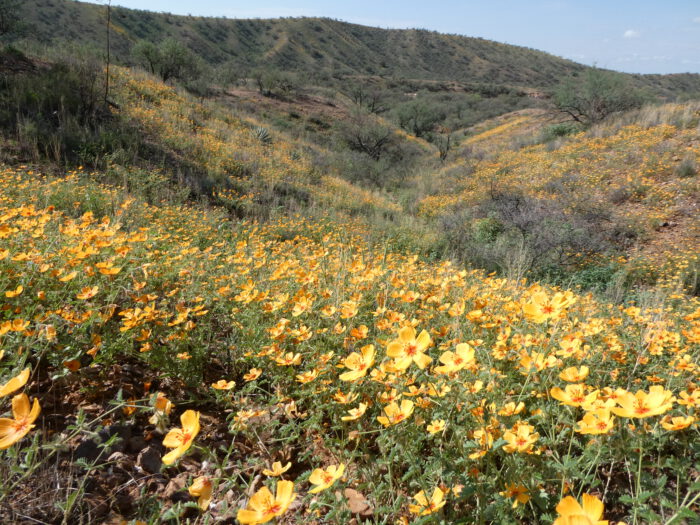
The boon of invertebrates proved seminal for breeding birds. Several thunderous storms enticed Botteri’s Sparrows to start singing, as evolution has hardwired an innate knowledge in them that rains lead to insects, which translates into nesting success.
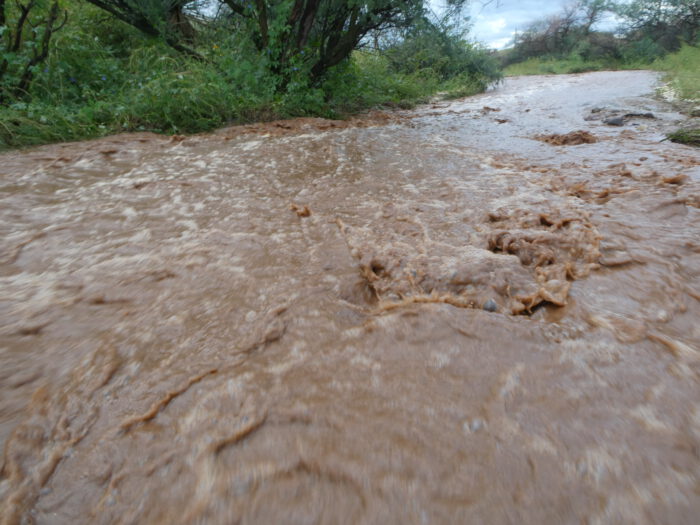
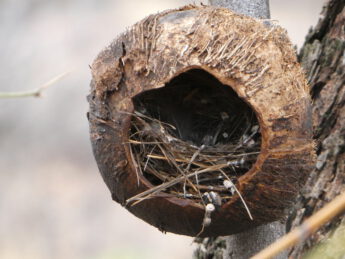
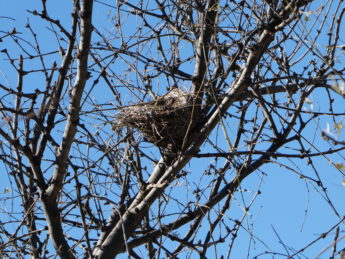
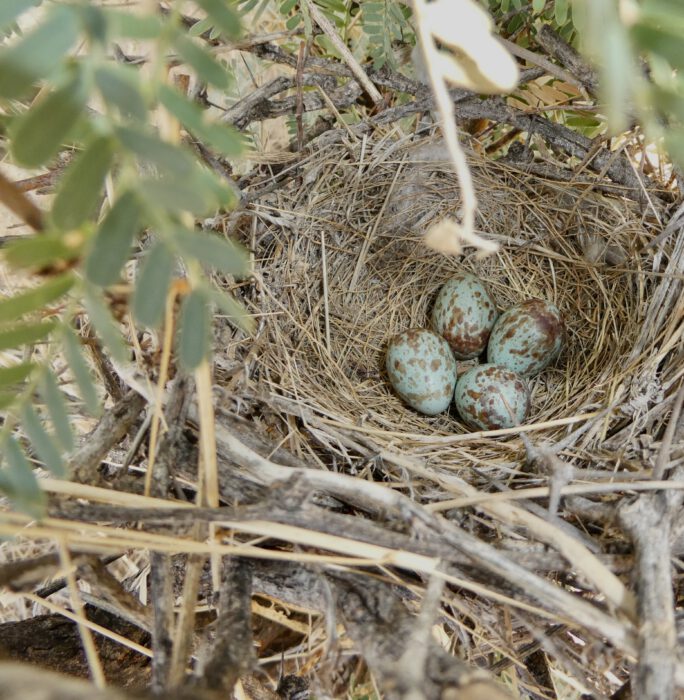
Gambel’s Quail pairs suddenly appeared with precocious chicks in tow. A family of Northern Cardinals particularly favored the wooded oasis around our house. A pair of audacious Canyon Towhees shuffled their way across the damp ground in search of food. Broad-billed and Black-chinned Hummingbirds honed in on key nectar plants, including Yellow Trumpet and Wolfberry shrubs. Their tiny nests adroned various trees and shrubs at Raven’s Nest. Perhaps the most arresting bird of the summer was a lone Mexican Jay lingering near our wildlife ponds – rather far from its normal oak-dominated haunts.
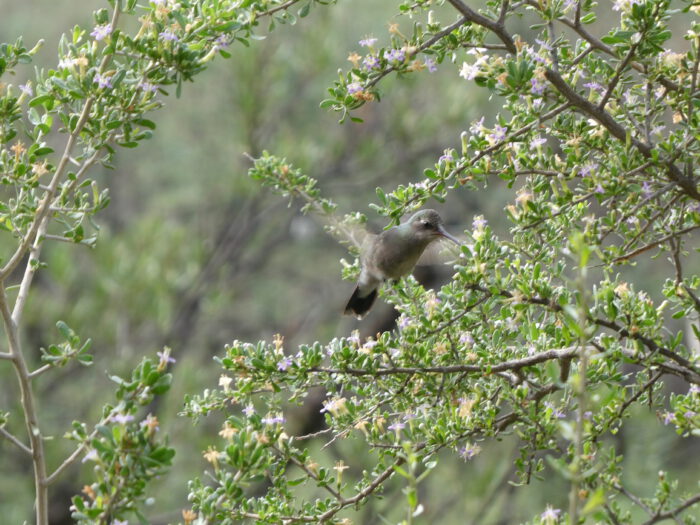
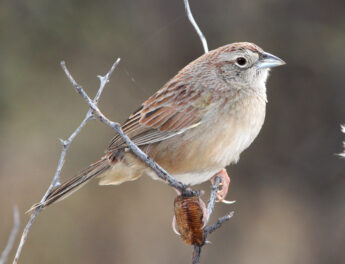
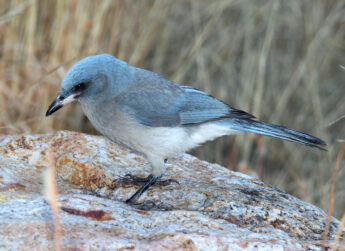
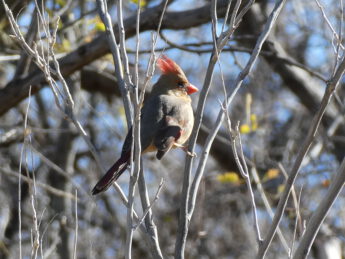
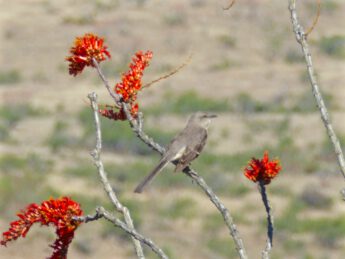
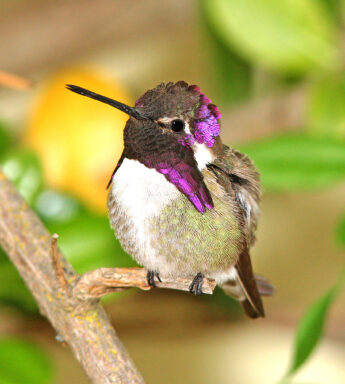
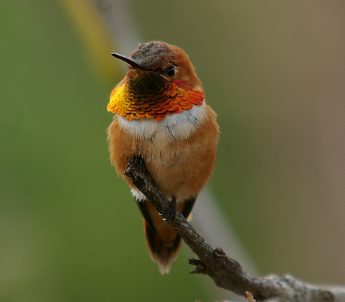
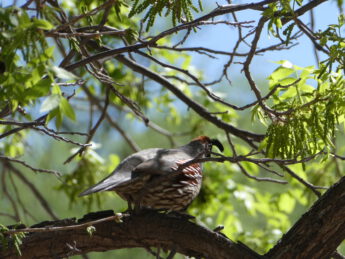
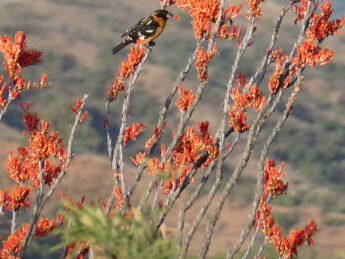
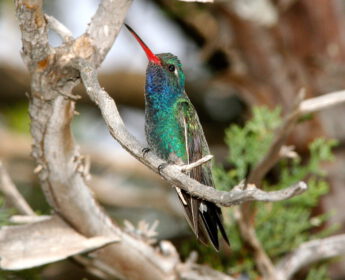

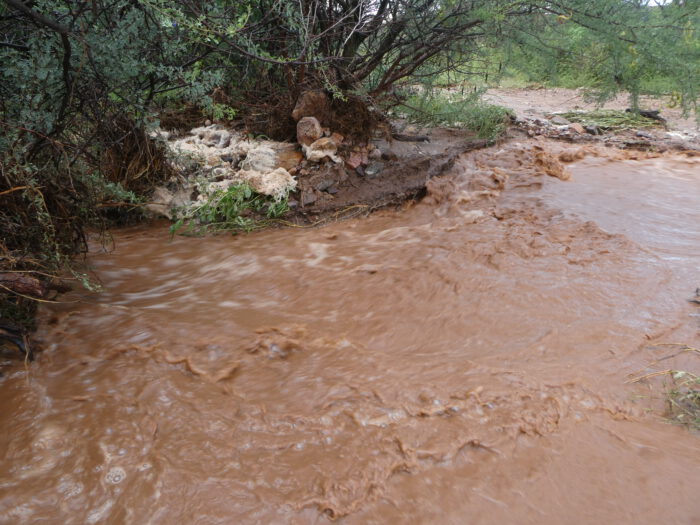
Circling back to the larger rain events of the 2025 monsoon, most of them led to vigorous flows in our various arroyos at Raven’s Nest. Flowing water frequently lent its hypnotic sound to the landscape as we rushed out to see our “instant streams”. Every new flow accordingly altered the landscape in both subtle and profound ways. New rocks, sand, and plant debris were imported by the tonnage, while other such organic material exited the preserve, beginning its hypothetical voyage to the Sea of Cortez.
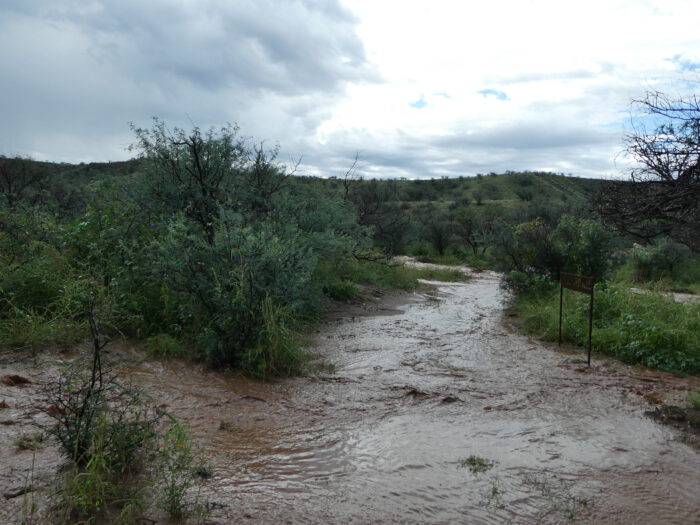
New plants sprung up in the aftermath of the streams, while others disappeared in the blink of an eye. Animals too are transported by monsoon flows, so we were delighted to find a thriving population of native Longfin Dace in Dragon Pond – washed there from Gray Hawk pond upstream!
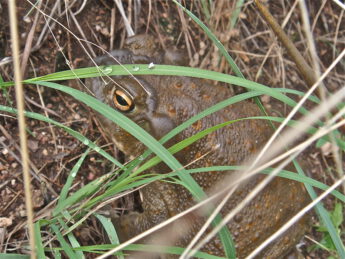
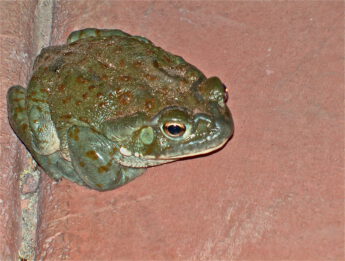
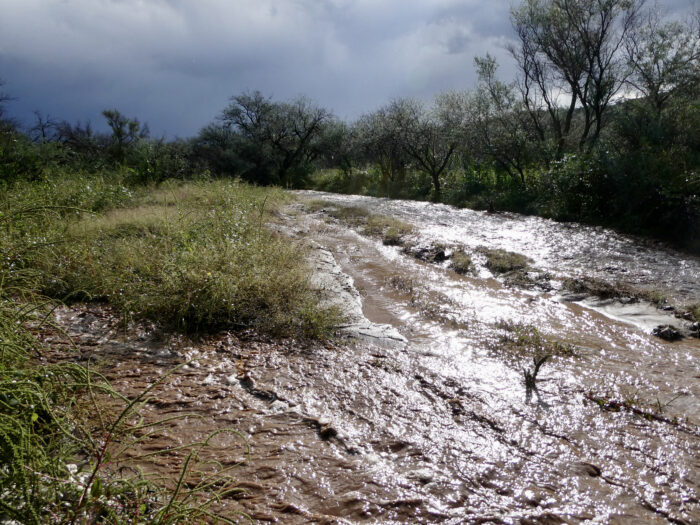
The often wet summer conditions induced Sonoran Desert Toads and other local Anurans into fits of vocal lust, males singing their mating choruses on damp nights. Egg masses magically appeared in our ponds the following mornings.
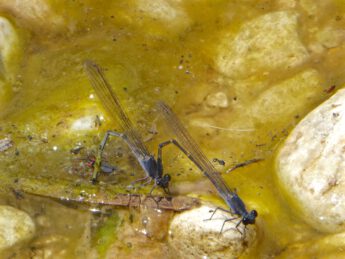
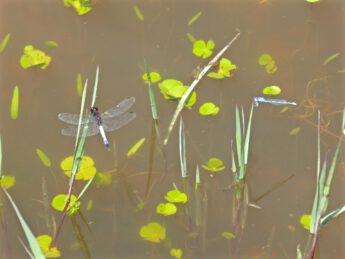
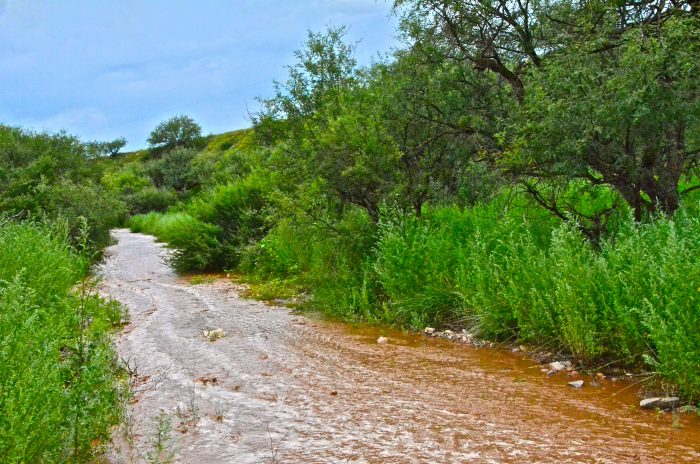
At the height of our rain-induced stream flow, much of the Mesquite Woodland in the lower portions of Raven’s Nest saw us at least ankle deep in water. We were easily reminded that this is why we are fortunate to host such an extensive woodland. Years of thoughtful watershed management had paid off, allowing the water to spread out in the landscape, watering countless Velvet Mesquite, Catclaw Acacia, Graythorn, Netleaf Hackberry, and Arizona Juniper trees in the process.
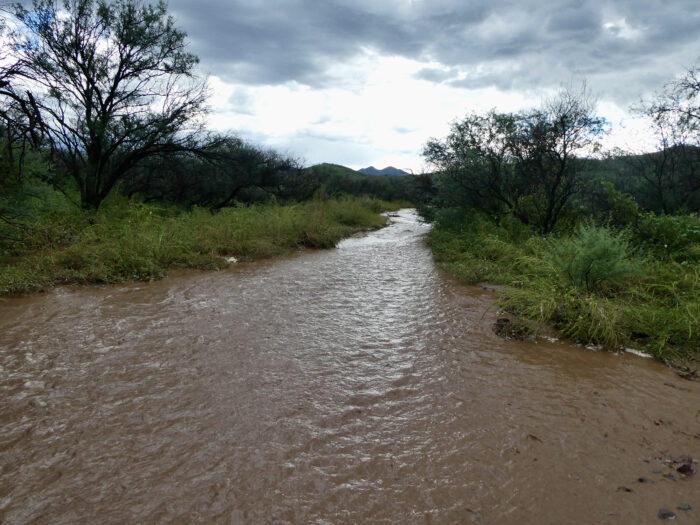
In hindsight, the 2025 monsoon had delivered its promise of biodiversity, leading to a profusion of life that made us feel as if we were living in our own national park.

